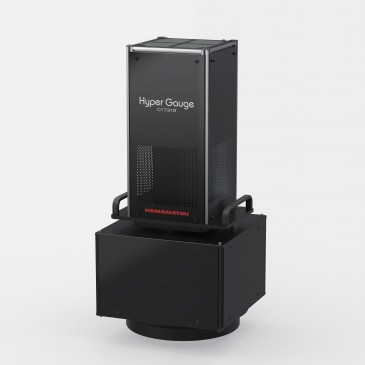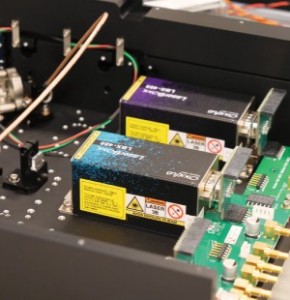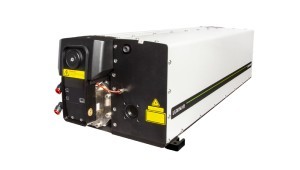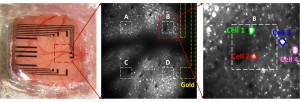
Researchers at the University of California San Diego (UC San Diego) in the US have discovered that platinum nanoparticles can lower the impedance of graphene electrodes by 100 times while keeping them transparent — a breakthrough that could enable higher-quality imaging of neuronal brain cell activity.
Why low-impedance graphene electrodes are an important advance
“We developed an electrochemical deposition technique to deposit a very low density of platinum nanoparticles on a monolayer graphene surface in a controlled fashion,” says Duygu Kuzum, professor of electrical and computer engineering at the UC San Diego Jacobs School of Engineering and head of the Neuroelectronics Group. The technique is the first to overcome graphene’s electrochemical impedance problem without sacrificing its transparency — a noteworthy breakthrough: “The electrochemical impedance of graphene is relatively high and fundamentally limited by quantum capacitance,” explains Kuzum, who led the work. “That prevents scaling graphene electrode dimensions down to single-cell size to record action potentials from individual neurons and also limits electrical stimulation capability of graphene microelectrodes.” She projects that impedance reduction on that scale — by 100 times — will open up new avenues for graphene to be employed in various neural or medical interface applications, including next-generation brain imaging technologies.
To overcome graphene’s fundamental limit of quantum capacitance, Kuzum and her colleagues explored depositing platinum nanoparticles onto the graphene surface in an effort to lower the materials impedance: “We realized that we cannot overcome it by tuning material properties,” she says. “Therefore, we came up with the idea of bypassing it by creating a parallel conduction path through platinum nanoparticles, which would only partially cover the graphene surface.” The researcher explains that this way, platinum nanoparticles are sparsely distributed but electrically connected to each other through the graphene layer, which enables low impedance without penalizing the transparency of the electrodes.
The next generation of brain imaging technologies
The pioneering research work could catalyze the development of the next generation of brain imaging technologies and help to advance the study of the human brain: “Combining brain imaging techniques with electrical recordings using graphene electrodes will allow to connect the large body of neuroscience knowledge obtained from animal models to human studies mainly relying on electrophysiological recordings of brain-scale activity,” Kuzum says, adding that neural recordings with graphene electrodes will also serve as “a gold standard” for understanding the neural correlates of the signals detected with next-generation imaging techniques.
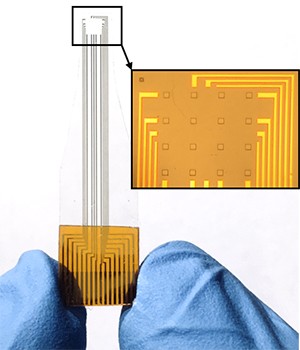
Using graphene to improve temporal resolution in optical imaging
The neuroelectronics expert furthermore confirms that low-impedance graphene electrodes could now make possible new applications that had not been feasible before. “It will enable recording neural activity with single-spike resolution during optical imaging or optogenetic stimulation,” she says. “Limited temporal resolution is a major challenge for optical imaging techniques, this will be mitigated by graphene.”
When Kuzum and her team engineered their first low-impedance graphene electrodes, they juggled between considerably decreasing the graphene’s impedance and giving up all-important optical transparency. “Graphene is a magical material but extremely difficult to handle during microfabrication,” points out the professor, whose team had tried numerous other approaches to decreasing graphene impedance before they finally succeeded with platinum nanoparticles. “The biggest challenge was substantially — by 100 times — reducing graphene impedance in a controlled fashion without sacrificing the optical transparency, which is critical for brain imaging.”
Next steps
Kuzum and her team now want to “employ this technology to probe brain circuits with high spatiotemporal resolution towards investigating specific mechanisms playing roles in learning and memory,” she says.
The research is described in the paper “Ultralow Impedance Graphene Microelectrodes with High Optical Transparency for Simultaneous Deep Two-Photon Imaging in Transgenic Mice,” published in the Advanced Functional Materials journal.
Written by Sandra Henderson, research editor Novus Light Technologies Today























 Back to Features
Back to Features